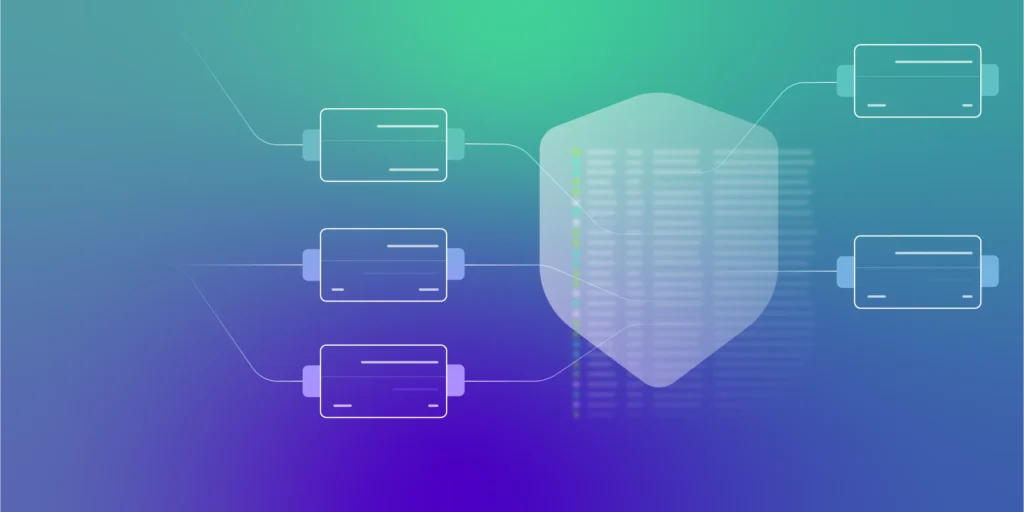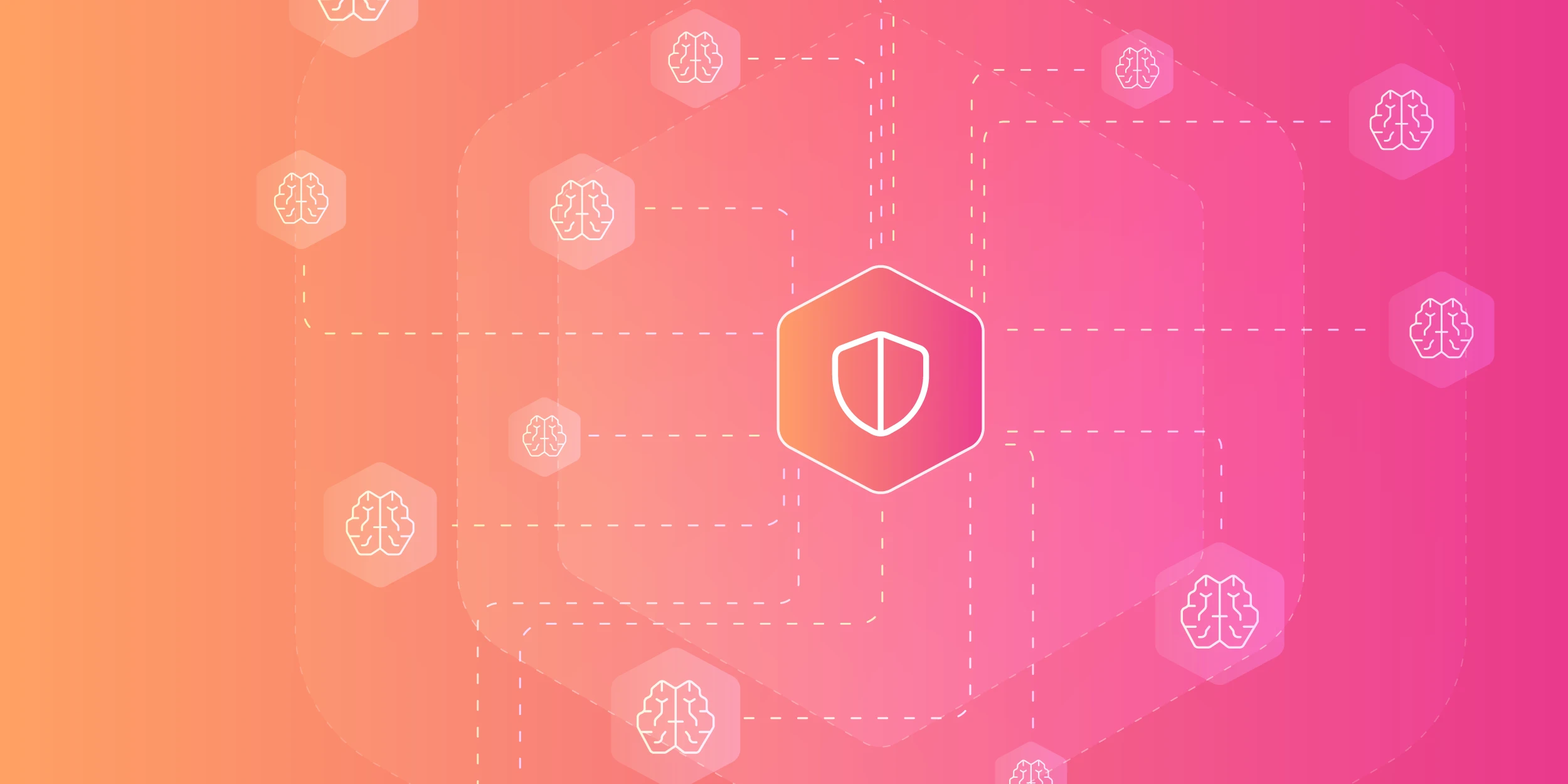Over the course of my 30-year career in information security, I’ve been involved in more incident responses than I can count. From the outside, most people assume these incidents are the result of classic external threats, like malware outbreaks, credential stuffing attacks, and zero-days in outdated systems. And many of them are.
But a surprisingly large number have nothing to do with attackers at all.
Instead, they’re caused by something far more mundane — and, in some ways, far more preventable: inappropriate data ending up in the wrong place in a log pipeline.
We don’t talk about these incidents often. They don’t make headlines. There’s no breach notification law specifically for “whoops, someone logged a bunch of PII into our marketing dashboard.” But make no mistake — these are real security events, with real consequences. And they happen all the time.
Let me share a few that stuck with me.
Incident One: The PCI Log Spill
In one case, I was working with a major U.S. credit card issuer — an organization with a mature security program and a strong commitment to compliance. During the rollout of a new feature, one of their development teams accidentally began logging full credit card numbers into their application logs. Not just the last four digits — the full card number. That was bad enough on its own.
But what made it worse was where those logs ended up.
The team wasn’t sending them into a secure PCI-scoped logging environment. Instead, the data was being ingested by a centralized observability platform that handled standard operational telemetry. It wasn’t scoped or secured for cardholder data. It wasn’t even encrypted end-to-end.
And the worst part? No one caught it for three full days.
By the time the issue was discovered, tens of thousands of logs had already been ingested into a misconfigured pipeline. The operational platform had dutifully collected, processed, indexed, and stored the data — co-mingled with gigabytes of unrelated log events. There was no toggle to simply “delete the bad stuff.”
It took hundreds of hours to isolate and scrub the PII from the system — without destroying legitimate operational and security data in the process. Legal and Engineering had to collaborate on containment. PCI compliance was threatened. Customer notifications were triggered. And all of it stemmed from a logging misconfiguration that could have been caught in a matter of seconds — if the right controls had been in place.
The Pattern: Why These Incidents Happen
If you work in security or observability long enough, stories like these become familiar. They usually start innocently:
- A new team starts shipping logs without a full understanding of the destination.
- A library update silently changes what data gets emitted.
- A product manager enables debug mode in production to troubleshoot an issue — and forgets to turn it off.
- A well-meaning engineer adds customer email to a log line for correlation — forgetting that the destination isn’t scoped for PII.
In each case, the root cause isn’t malice. It’s simply a mismatch between the intent of the log, the data it contains, and where it ends up.
Unfortunately, most organizations don’t have good tools to catch that mismatch. Once data hits your pipeline, it’s already downstream. By then, it’s too late.
That’s where Edge Delta comes in.
Why Edge Delta? Because Observability Needs Guardrails.
At Edge Delta, we believe that telemetry pipelines should be programmable, policy-driven, and safe by default. That means giving organizations control — not just over where data flows, but what data flows.
Edge Delta gives you the ability to inspect, filter, and transform log data at the point of ingestion — before it ever leaves the source or hits an S3 bucket. That changes the game.
Let’s break it down.
1. Schema-Aware Filtering at the Source
With Edge Delta, you can inspect log data in real time and apply filters based on known patterns to target credit card numbers, SSNs, email addresses, internal IPs, tokens, and more.
These filters can be enforced before the data is forwarded to any downstream destination — SIEM, S3, Kafka, or anything else. You don’t have to rely on downstream detection or manual inspection. You catch the bad data at the edge.
That PCI incident I mentioned earlier? With Edge Delta, a simple regex filter would have prevented any log line containing a 16-digit card number from ever entering the wrong pipeline.
2. Contextual Routing and Policy Enforcement
Different destinations require different levels of sensitivity.
- Your compliance archive might be okay receiving raw logs with PII.
- Your centralized analytics dashboard might not.
- Your public dashboard definitely shouldn’t.
Edge Delta lets you apply routing logic based on log content and destination policy. You can strip out sensitive fields when sending to one tool, but retain them when sending to a secure archive. You get granular control over content and context.
3. Real-Time Anomaly Detection and Alerting
Edge Delta also enables real-time detection of anomalous log patterns — such as unexpected field additions or volume spikes from a new source. That means you don’t have to rely on manual reviews to spot log drift or silent library changes. You’ll get an alert as soon as something unusual shows up.
In the SaaS incident I described, Edge Delta would have flagged the sudden appearance of new fields in the log payload — long before customer PII landed in the wrong bucket.
4. Pre-Built Patterns and Custom Detection
As I mentioned, Edge Delta’s pipelines include pre-built filters for common sensitive data patterns, such as credit card numbers, IPs, email addresses, AWS keys, and more. But you can also define your own. If your environment has a proprietary identifier or secret token format, Edge Delta can recognize it and enforce the policy accordingly.
Security teams can also create allowlists, blocklists, or fuzzy match rules depending on their risk tolerance.
5. Auditability and Compliance Confidence
When an incident happens, regulators and customers will ask: “What controls did you have in place to prevent this?” With Edge Delta, the answer isn’t vague.
You can point to concrete policies:
- “We reject any log containing customer PII unless it’s headed for our encrypted archive.”
- “We route logs from Dev environments to a non-sensitive S3 bucket, and production logs to our secure SIEM — with different schemas applied.”
- “We alert on any unrecognized field names appearing in our core app logs.”
You don’t just hope your observability data is clean. You know it is.
It’s Not Just About Compliance. It’s About Trust.
Security incidents caused by log data are a special kind of painful. Not because they’re hard to understand — they’re not. But because they shouldn’t happen in the first place.
They don’t come from an attacker breaching your defenses. They come from inside the house — from a well-meaning dev team, a silent update, a helpful log line added during a sprint.
That’s what makes them so hard to defend against.
But it’s also what makes them fixable — if you give teams the right tools.
Edge Delta puts data control where it belongs: at the edge. Before anything sensitive leaves your environment. Before compliance gets involved. Before you have to explain to customers why their data ended up in a shared dashboard.
It’s not just about ticking the compliance boxes. It’s about building systems that don’t betray your users’ trust by accident.
A Better Default for Logging
Telemetry pipelines have grown increasingly complex over the past decade. Most teams are dealing with:
- Legacy devices that emit noisy, unstructured syslog.
- Cloud-native microservices that log in JSON or protobuf.
- Third-party services with opaque schemas.
- Data lakes, SIEMs, and analytics tools with wildly different format and field requirements.
In this mess, log data becomes a liability as often as it becomes an asset. But Edge Delta flips that script. It gives security teams and platform engineers a unified way to:
- Normalize data into standard formats like OCSF.
- Route different log types to different tools.
- Apply security and compliance policies consistently.
- Reduce costs by dropping low-value logs before they hit your ingest budget.
All of this, with zero code changes.
Because in security, the boring incidents are often the most expensive.
And they’re the easiest to prevent — if you start at the edge.
If you’d like to experiment with Edge Delta, check out our free, interactive Playground. You can also book a live demo with a member of our technical team.






